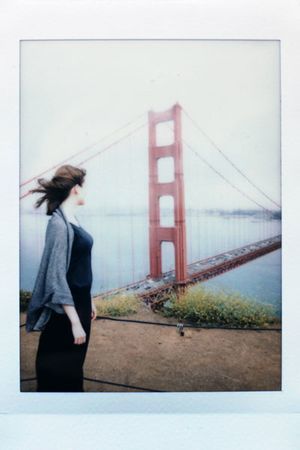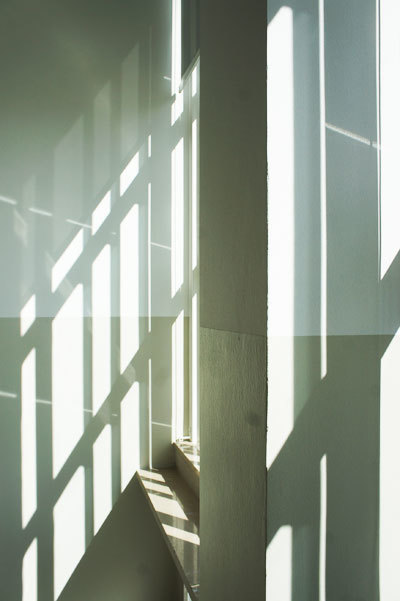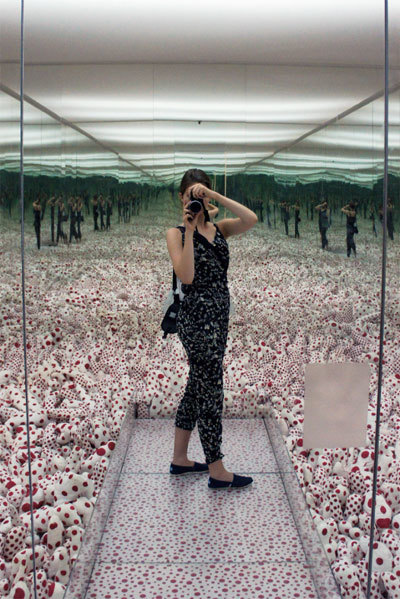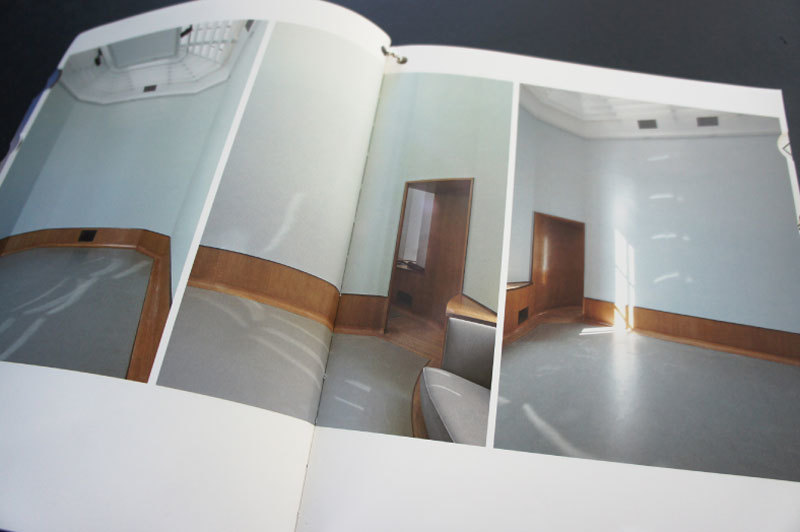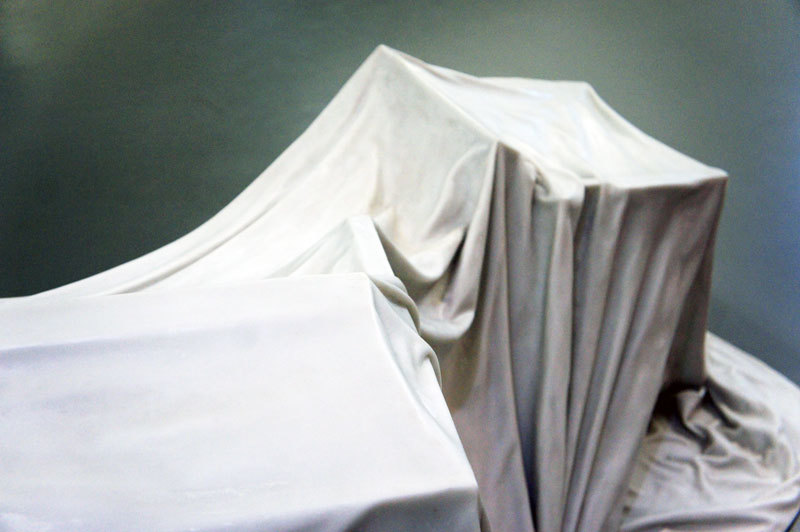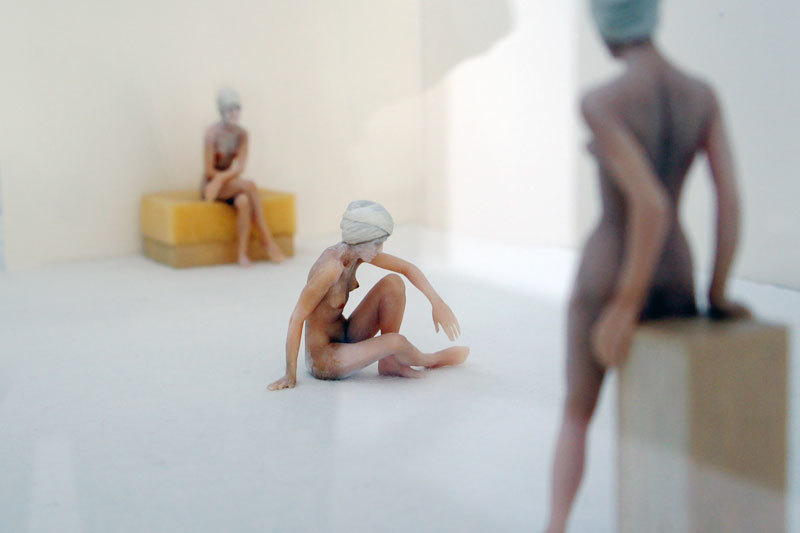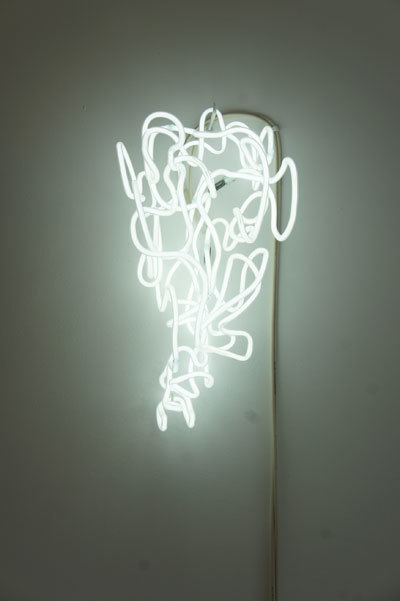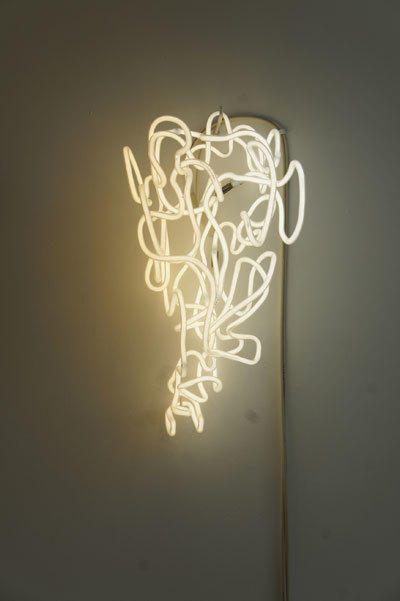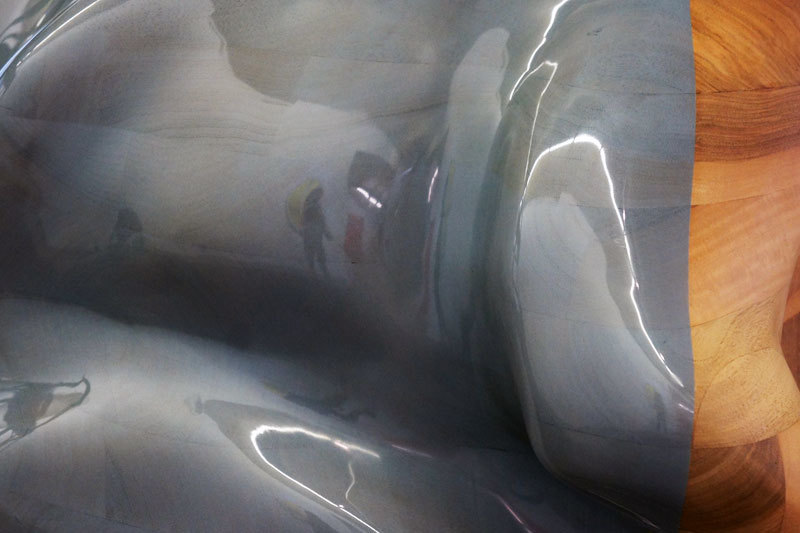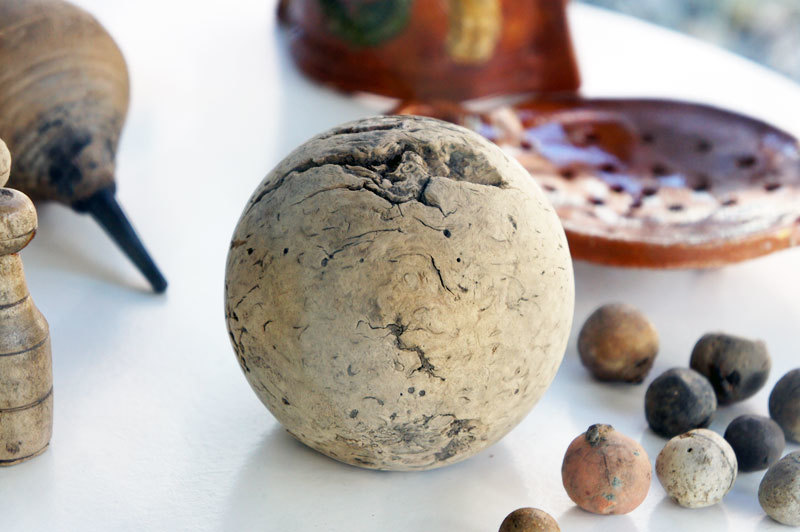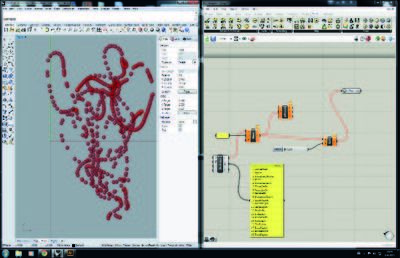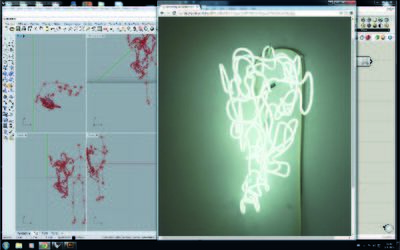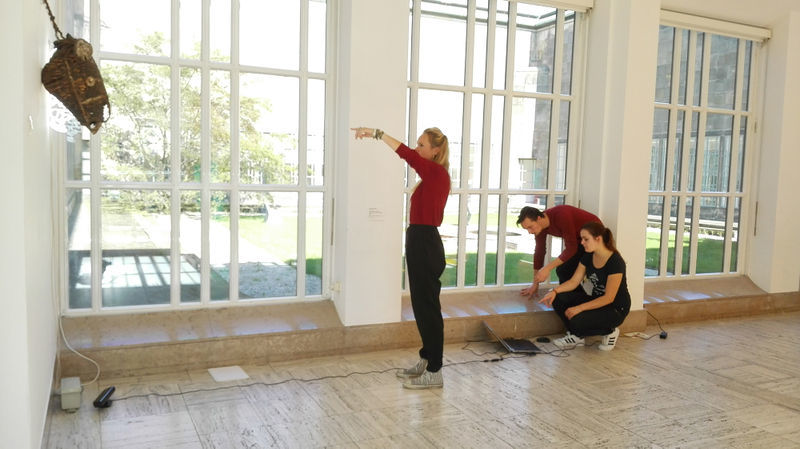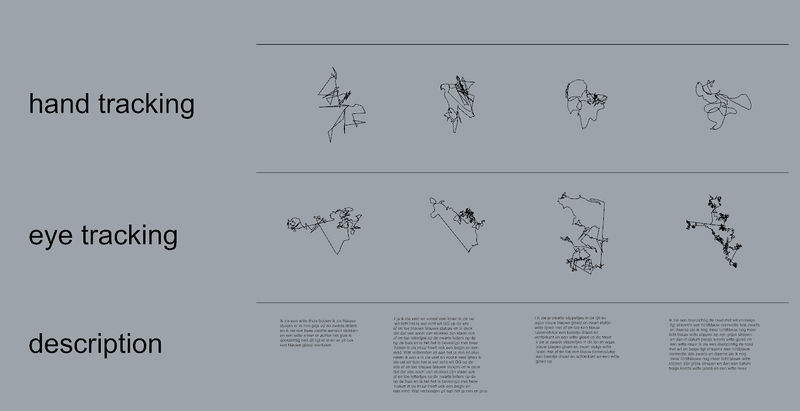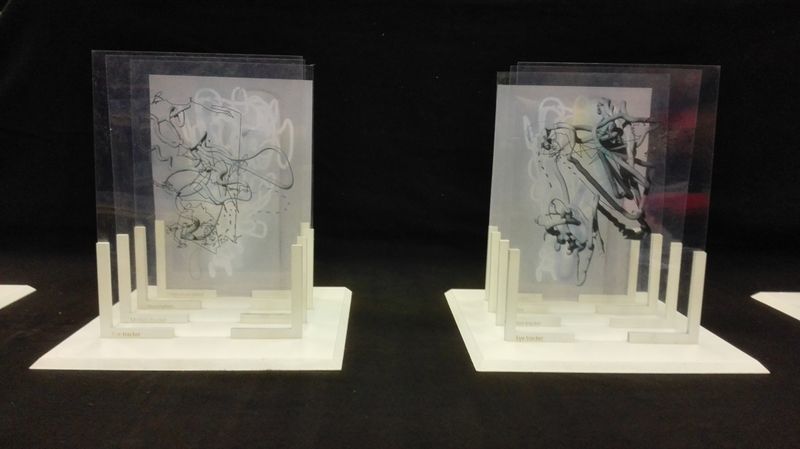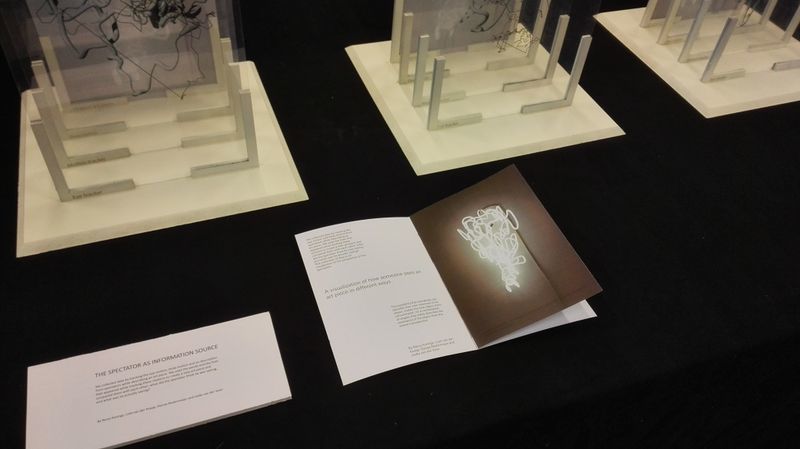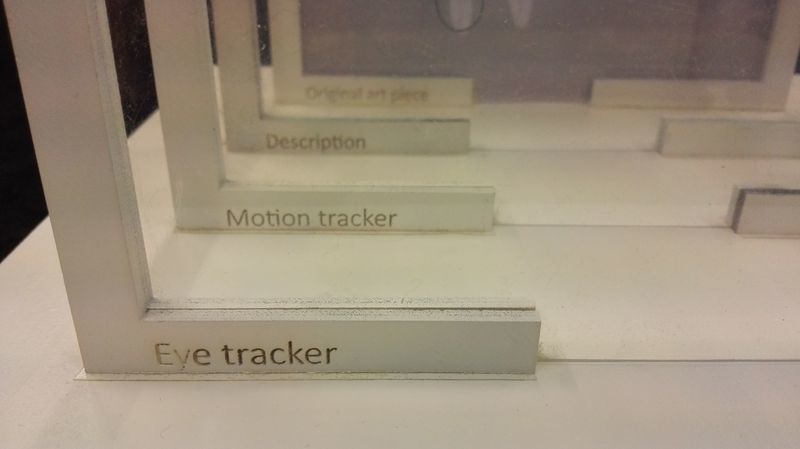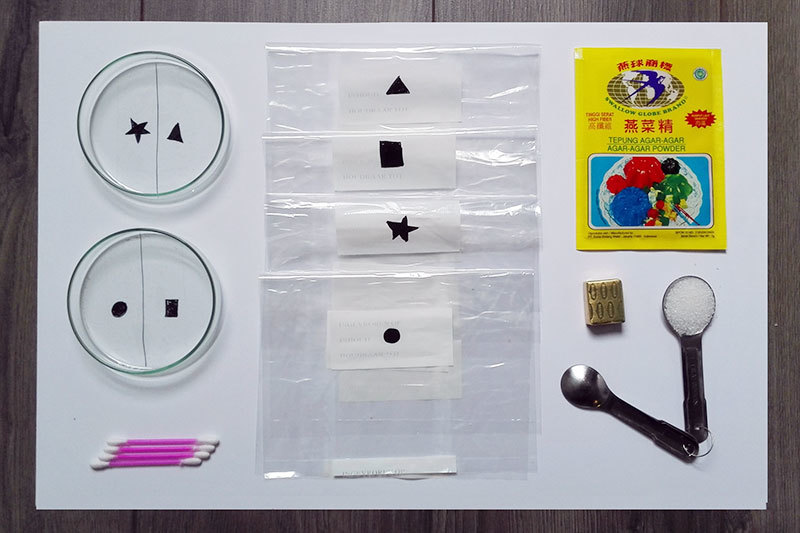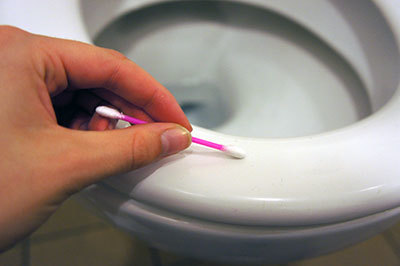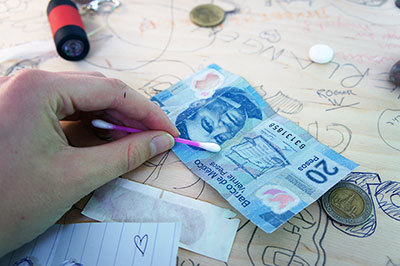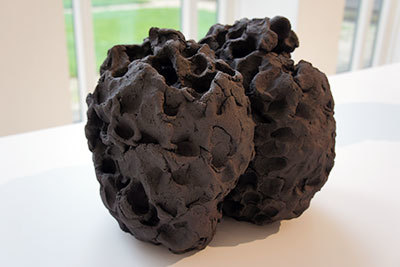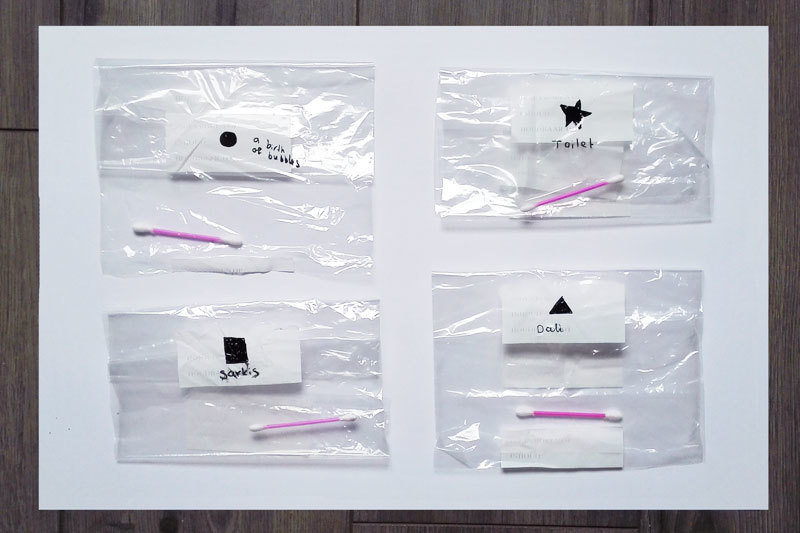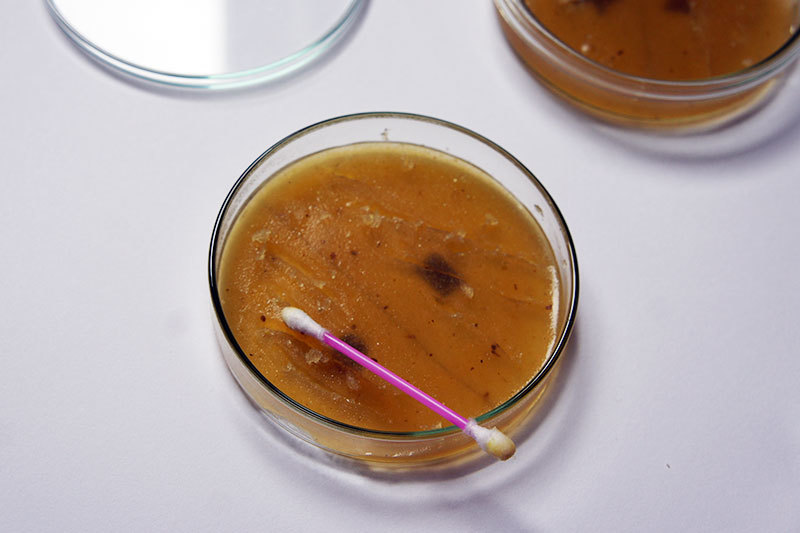Difference between revisions of "User:0862093"
| Line 118: | Line 118: | ||
<br><br> | <br><br> | ||
“I engage in a dialogue with the clay as it sits in from of me, as a soft, flexible lump of matter. | “I engage in a dialogue with the clay as it sits in from of me, as a soft, flexible lump of matter. | ||
| − | This dialogue is carried out through a form of body language: the primitive action of pressing parts of my body against the body of the clay | + | This dialogue is carried out through a form of body language: the primitive action of pressing |
| − | + | parts of my body against the body of the clay. This is not a relationship in which I am active and | |
| − | The dialogue can only take place if I empathise with the material, adjusting myself to the time contained in the clay and the rhythms of nature." | + | the clay is passive, even if I am the first to speak. |
| + | The dialogue can only take place if I empathise with the material, adjusting myself to the time | ||
| + | contained in the clay and the rhythms of nature." | ||
- Satoru Hoshino | - Satoru Hoshino | ||
<br><br> | <br><br> | ||
Revision as of 13:03, 18 September 2015
Contents
ABOUT
Joeke van der Veen | 0862093 | Lifestyle & Design
Minor 2015 2016
UNRAVEL THE CODE 2014/2015
PROJECT WEEK: PICTURES BOIJMANS
Architectural detail | moving object from collection | special find from the library | curious form | representative of my craft |
exhibited moving object | curious texture | pre-industrial object
PROJECT WEEK: STEALING FROM THE MUSEUM
The spectator as information source.
We collected data by tracking the eye motion and body motion from spectators while describing an art piece.
We used the lines that appeared while tracking these motions to create a new art piece. This art piece is an visualization of the perspective of the spectators.
Tracking the body and eye movements while looking at an art piece:
Collecting data at the Boijmans:
Results data:
Results exhibition:
Group page:
Stealing From The Museum/thecriminals
TOOLS & TECH WORKSHOPS
Workshop 1, measuring resistance:
FANTASTIC FORGERIES: REPLICA
Choosing an artefact:
Which artefact challenges me, but also other visitors of the museum, the most to ignore the 'please don't touch' sign and secretly touch the artefact to experience the texture of it?
Materials and textures are important elements of my work and craft process. I believe that you have to 'see with your hands' to fully experience an artefact.
To get an answer to the question above I sampled the bacteria from different artefacts of the Boijmans van Beuningen Museum, by using this tutorial.
With this data I hoped to examine which artefact was touched the most by visitors.
Gathering the needed supplies to sample and grow bacteria:
Sampling bacteria from the following artefacts and objects:
Salvador Dalí - A Couple with Their Head Full of Clouds, 1936
Toilet - to compare the results of the artefacts with
Sarkis - Respiro, 2015
Satoru Hoshino - A Birth of Bubbles II, 2012 (busted by security!)
Arranging q-tips:
Rubbing bacteria into agar agar mixture:
Final choice:
While rubbing my q-tip on the surface of the ceramic artefact 'Birth of Bubbles II' I got busted by a security worker of the museum.
This made me realize how strange it is that you are not allowed to touch it. The artefact is, according to the description of the sign, a representation of the artists' contact with the soil.
But as a spectator you can only look at the artefact and think about the maker's experience of the soil, not experience it yourself.
By reproducing this artefact I want to experience the material myself by using the same technique with other materials.
Research artefact:
Satoru Hoshino - A Birth of Bubbles II, 2012
“I engage in a dialogue with the clay as it sits in from of me, as a soft, flexible lump of matter. This dialogue is carried out through a form of body language: the primitive action of pressing parts of my body against the body of the clay. This is not a relationship in which I am active and the clay is passive, even if I am the first to speak. The dialogue can only take place if I empathise with the material, adjusting myself to the time contained in the clay and the rhythms of nature." - Satoru Hoshino
“It is essential to understand that he does not treat clay simply as a material. His encounter with clay as a physical substance is more primal and fundamental." - Arata Tani
